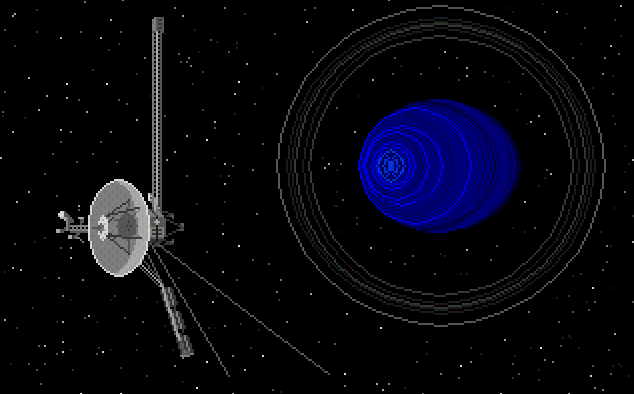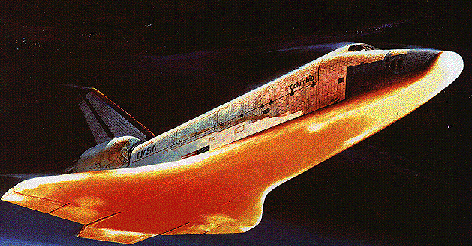

It is a science that deals with the observed relief features of a celestial body and seeks a genetic interpretation of them; other commonly used terms are planetary or astral geomorphology. This not only incorporates photographed images but radar as well as some local astral bodies do not have a surface visible from space (Venus, for example.) Knowledge here on earth is gathered firsthand and then applied as interpretation to what we see. Volcanoes, mountain chains, rift zones, rivers, oceans, lakes, glaciers, craters all have unique landforms, rocks and minerals and physical processes that created them. From this an historical recreation can be made from the landforms we can see millions, and through the use of spacecraft, billions of miles from earth. Mars, for example, seems to indicate by it's landforms that it currently has a different weather environment from it's past; volcanoes on a Jovian moon are likely generated from frictional heat derived by exteme tidal forces; ice volcanoes on Uranus' moon Triton may indicate a dark hydrocarbon inner layer absorbing heat energy from sunlight beneath a thin frozen translucent outer layer, etcetera.
Some of the knowledge gained from outer space can be used to interpret our own planet's geomorphology: the size and extent of impact craters from asteroids or comets on other planets, void of erosion, are known. On earth, where erosion is paramount, landforms with outstanding relief usually do not last more than a few millions of years. Consequently, the very subtle impact crater remnants left from millions of years ago (such as the one that likely caused the dinosaur's extinction) are painstakingly looked for, something which would not have been done if we had no knowledge of extraterrestrial geomorphology. If you like planetary science, you may find this subject interesting. Try this Planetary geomorphology (HTML)
Using the web is an incredibly convenient way to find and display information, allowing a direct link to you, the viewer, when you decide what you wish to see or inquire about. For example, say you want to display an image of Mars (ftp) (jpl.nasa.gov)? Just click on the highlighted word(s). These are also other excellent image sources:
Sometimes it's more convenient to place an inline image where one can click on the picture itself  to bring up the image.
to bring up the image.


Try searching via PSINet and enter Triton, Jupiter, Venus, Mars, etc..
Take a quick look at this bibliography of books at the CSULA Library.
 Dana Cole (before internet operation)
Dana Cole (before internet operation)
 Dana Cole (after internet operation)
Dana Cole (after internet operation)

1. Space Mission Acronym List and Hyperlink Guide
2. Mars Atlas FAQ
5.Government:Research Labs:NASA:Marshall Space Flight Center
6.Science:Astronomy:Planets:Mars:Missions:Mars Global Surveyor Project
7. Center for Mars Exploration
9. a graphical browser
for 33,500 Viking orbiter images of Mars
10. Malin Space Science Systems
11. ASU Mars TES Slide Set Information
12. Mars Global Surveyor S/C Development
13. "Happy Face" Crater on Mars
15. Images and Animations of Mars, Phobos and Deimos
16. ftp stuff
The following has been added by the Electronic Desktop Project:
 Contact Us
Contact UsIf you are an educator who is using our NEXTSTEP or virtual applications in the classroom, we would especially like to hear from you. Let us know what you are doing and how it is working out. Continued support for this project will depend on its impact in science education.
If you are an educator who is interested in making use of our NEXTSTEP or virtual applications, please let us know how we can help.
 Return to the Electronic Desktop Project home page
Return to the Electronic Desktop Project home page
![]() Check out the WWW Virtual Application Catalog from the EDP
Check out the WWW Virtual Application Catalog from the EDP
 Check out the NEXTSTEP Application Catalog from the EDP
Check out the NEXTSTEP Application Catalog from the EDP
 Visit the home page for California State University, Los Angeles
Visit the home page for California State University, Los Angeles